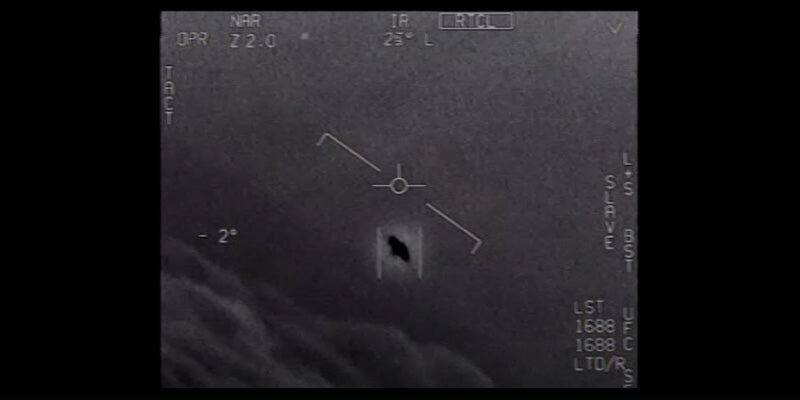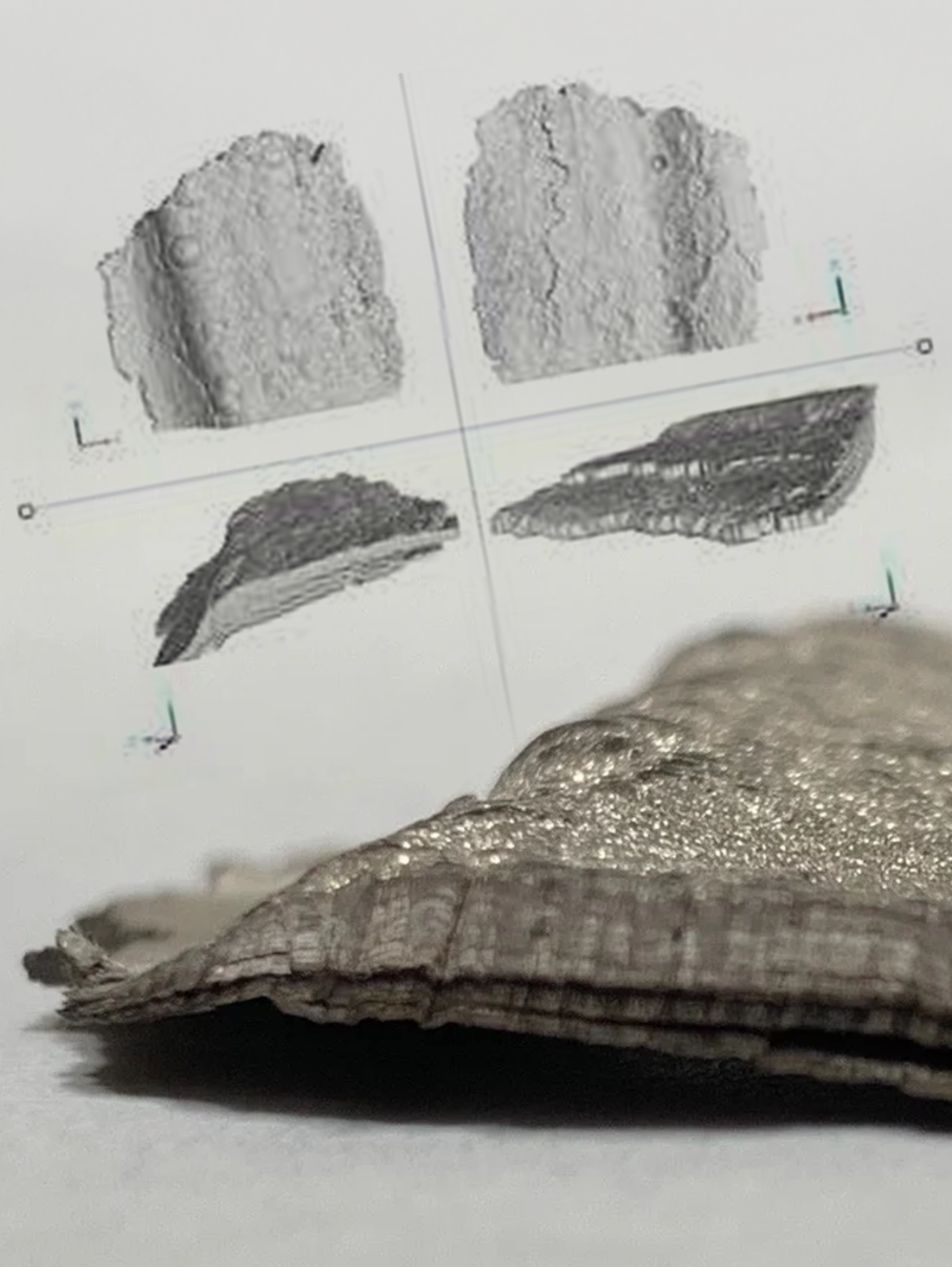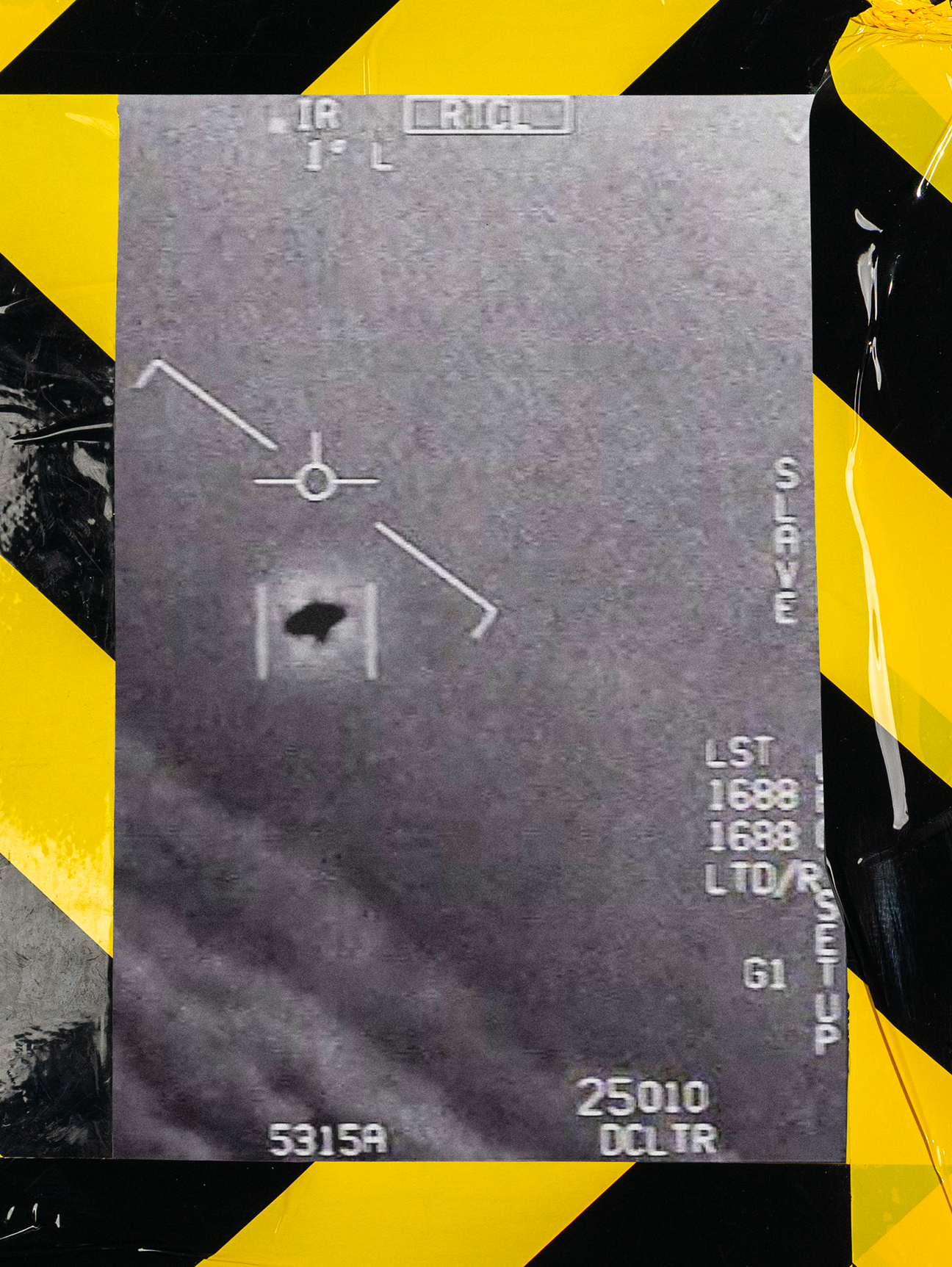
There are five, consistent observations we continue to see that are uniquely associated with Unidentified Aerial Phenomena or UAPs. Understanding these characteristics and their application requires us to have a very good understanding of advanced physics at the quantum level.
The five observables can be categorized as follows:
- Sudden and instantaneous acceleration: Objects moving in such a manner that they are capable of maneuvering suddenly, deliberately and sometimes in the opposite direction. In some cases, these maneuvers involve a change in direction and acceleration that is well beyond the healthy limitations of any biological system, that we are aware of, to withstand. The anticipated effects of these g-forces on material may even defy our current technological ability to manufacture.
- Hypersonic velocities without signatures: Objects that are traveling well above supersonic speeds and yet leave no obvious signature behind. Specific signatures normally include acoustic, heat, and electromagnetic and are traditionally recognized as a sonic boom, vapor contrails, and atmospheric ionization. Currently, even the world’s most advanced military and reconnaissance aircraft have detectible signatures.
- Low observability: Regardless if the object is being viewed electro-optically, electromagnetically, or through the naked eye, the inability to gain a clear target picture remains elusive. Descriptions by witnesses are often difficult to describe, while radar returns often come back nonsensical or even jammed. Objects generally appear opaque and semi-metallic in nature, both on camera and live. In many cases it is nearly impossible to actually see the object and instead reports often include what is seen “around” the object.
- Trans-medium travel: Objects that have the ability to travel easily in various environments and conditions seemingly without any change in performance capabilities. Our current understanding of physics requires vehicles to be designed specifically according to their application. For this reason, there are stark differences between those vehicles that orbit in space, fly in the atmosphere, and travel in the sea. Objects that can travel in all three mediums using the same design and without compromising performance or degrading lift remains an enigma.
- Positive lift: Objects that are apparently resisting the natural effects of Earth's gravity, yet without the normally associated aerodynamic means for lift and thrust. These objects have no obvious signs of propulsion (engines, propellers, exhaust plumes, etc.) or flight surfaces (wings, rudders, ailerons, fins, etc.), but yet they are able to move in a very precise manner in our atmosphere despite not having any of those characteristics.
When you see these five observables all together, then we are forced to scratch our head and come to the conclusion that maybe we don’t know what these things are. We need more data and comprehensive research to do our best to understand what we are seeing.







